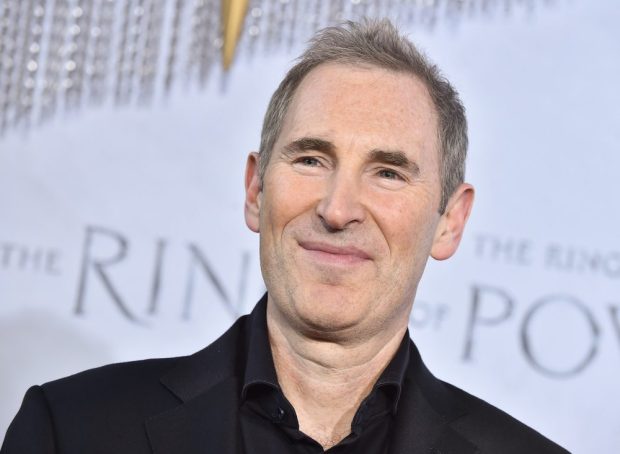Can Amazon’s CEO Eclipse the Bezos Legacy?

Nineteen months and $1 trillion of lost market value later and Amazon CEO Andy Jassy is fast approaching a second anniversary and a reckoning.
This, as talk of Jassy struggling to put his own stamp on the company he took over from billionaire founder Jeff Bezos in July 2021 is starting to mount amid open discussion about how the former leader of Amazon Web Services is going to step out of his predecessor’s shadow.
The latest public salvo comes less than two weeks after Amazon’s Q4 earnings results, with the Financial Times (FT) outlining two challenges facing the chief executive of the eCommerce giant.
In the short term, the column points out, Jassy faces the ongoing need to cut costs at the company following its unprecedented COVID-related expansion in which it doubled its fulfillment footprint and built a UPS-sized delivery network in a matter of years versus what it had previously taken it decades to do.
Deepening those growing pains, Jassy is also dealing with an increasingly challenging economic backdrop while facing increased scrutiny from regulators.
There is also the reality of growing impatience by long-term investors who have seen the value of their holdings fall by 45% since Jassy’s promotion to the lead job, compared to a 5% slide by the S&P 500.
Further delineating that market performance pain is that shares of rival retailer Walmart are up 4% during that same 19-month period.
Vision vs Headwinds
Beyond macro and market headwinds, the underlying legacy question also delves into vision, in as much as Tim Cook was able to grow Apple after the departure of Steve Jobs.
To that point, the longer-term challenge Jassy faces since taking over from Jeff Bezos, as expressed by the FT and others, is finding a way to leave his own mark on the company in the form of new projects that weren’t started under Bezos’ tenure. Still, recent comments suggest he is drilling into finding new efficiencies.
“I think probably the number one priority that I spend time with the team on is reducing our cost to serve customers in our operations network,” Jassy told investors during a rare appearance on the company’s earnings call.
There’s also the problem of Amazon’s balance sheet. After a boom in pandemic-era sales, high spending and a drop in demand led the company to report a $2.7 billion loss last year. It was the first time the company had lost money since 2014.
Meanwhile, the report noted that Amazon’s massive expansion during the pandemic had left it with an outsized logistics operations.
“We knew when we were making that decision that we might be building more capacity than we needed,” Jassy told the FT, adding that Amazon chose to “shade on the side of consumers, and being able to serve them in that extraordinary time.”
Those comments echoed remarks Jassy made in December at the New York Times’ Dealbook conference when he argued the company was forced to “go much faster” than anticipated to meet a rise in demand early in the pandemic.
“We built a physical fulfillment center footprint over 25 years that we doubled in 24 months,” Jassy said, acknowledging that Amazon saw that it could be overbuilding but moved forward with its plans nonetheless.
“It was hard for us to imagine what ’21 was going to be like, let alone ’22, but we decided that we were going to shade on the side of consumers and sellers who didn’t want to be constrained,” the CEO added.
For all PYMNTS retail coverage, subscribe to the daily Retail Newsletter.